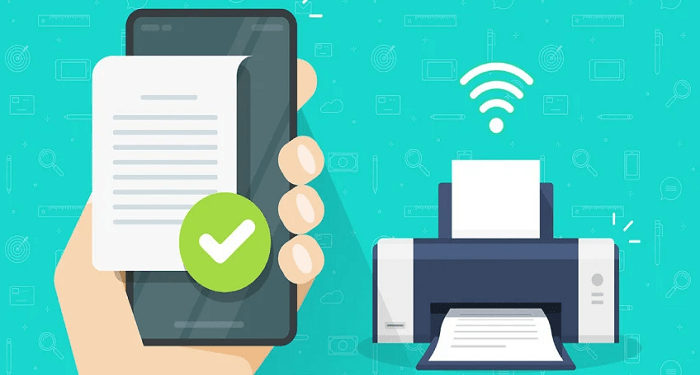A fax is a scanned image or text that is sent electronically over the telephone network. During the past 75 years, faxing technology has become more affordable and widespread. Its transmission speed has decreased from six minutes to a minute. In 1982, a traditional “fax machine” cost $20,000 and required several operators to operate. Nowadays, most companies use email instead. Its advantages outweigh its drawbacks, however.
Throughout its history, faxing has been competing with established and new methods of communication. Its early popularity was focused in niche markets such as military, weather, and newspaper faxing. Despite the early setbacks, the technology has continued to evolve. It is now considered an essential communication tool, even for small businesses. But as with all technology, there has been a history of problems. The history of faxing is complex.
Compared to email, fax machines have some advantages. They are cheaper to use, and most fax machines are equipped to print and send visuals. Many fax machines also let you resend failed faxes. Unlike email, faxes stored in memory are not permanently retained. They will be deleted after a few minutes. However, this limitation doesn’t mean that fax machines can’t be used for business purposes.
To send a fax, you must have two telephone lines. One line should be devoted to the fax and the other to the phone. If the phone lines are shared, the fax transmission will stop. This can cause paper jams and even require you to start over. Fortunately, RingCentral has eliminated this problem. If you’ve ever been in a situation where a fax machine has interrupted your phone line, you know how frustrating it is to start over and get your document to the other end.
The invention of the fax machine by Xerox Corporation in 1966 marks the beginning of a new era in the history of the fax. The first commercial fax machine was developed in the 1960s, and the telefax market soon began to flourish. As the technology continued to improve, national and international companies entered the fax market, faxing became an important part of everyday business. Its popularity lasted until the early 2000s.
Today’s fax machines have evolved a lot since the first fax machine, which uses a stylus to move across a document. It is coated with shellac powder to reflect light. When the stylus hits this shellac, it raises and sends a beep. Instead of using a stylus, modern fax machines use optical scanning, where light reflects off of the document’s black and white areas.
A fax machine can send and receive one or several pages per minute. The image transmitted by a fax machine is a bitmap of the original document. The fax machine will scan the original document, decode the content, and generate a coded image that is transmitted over the telephone network. The receiving fax machine will then print a paper copy of the image from this encoded image. The fax machine is also capable of sending an image file via e-mail, but these services are costly and do not provide error correction.








